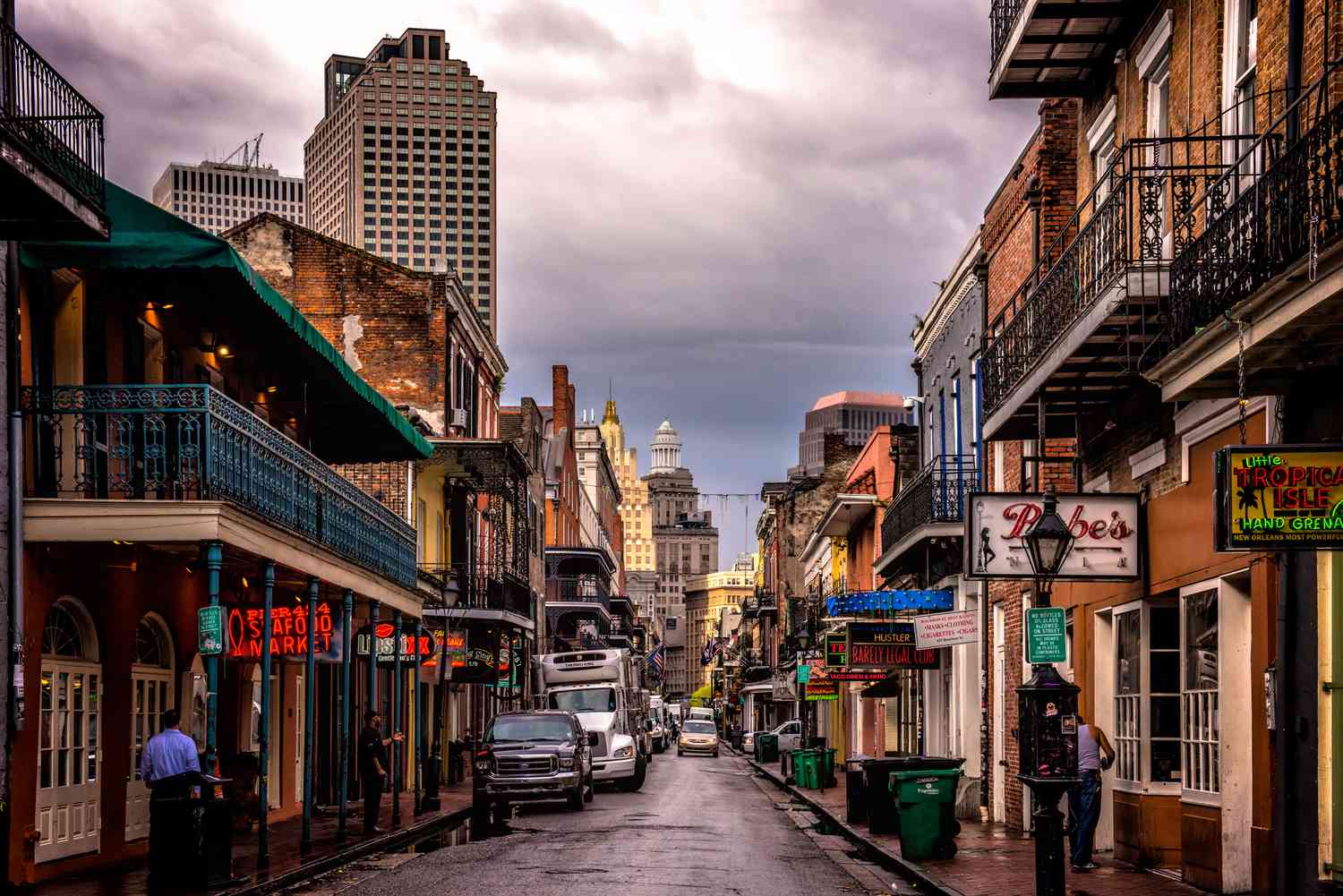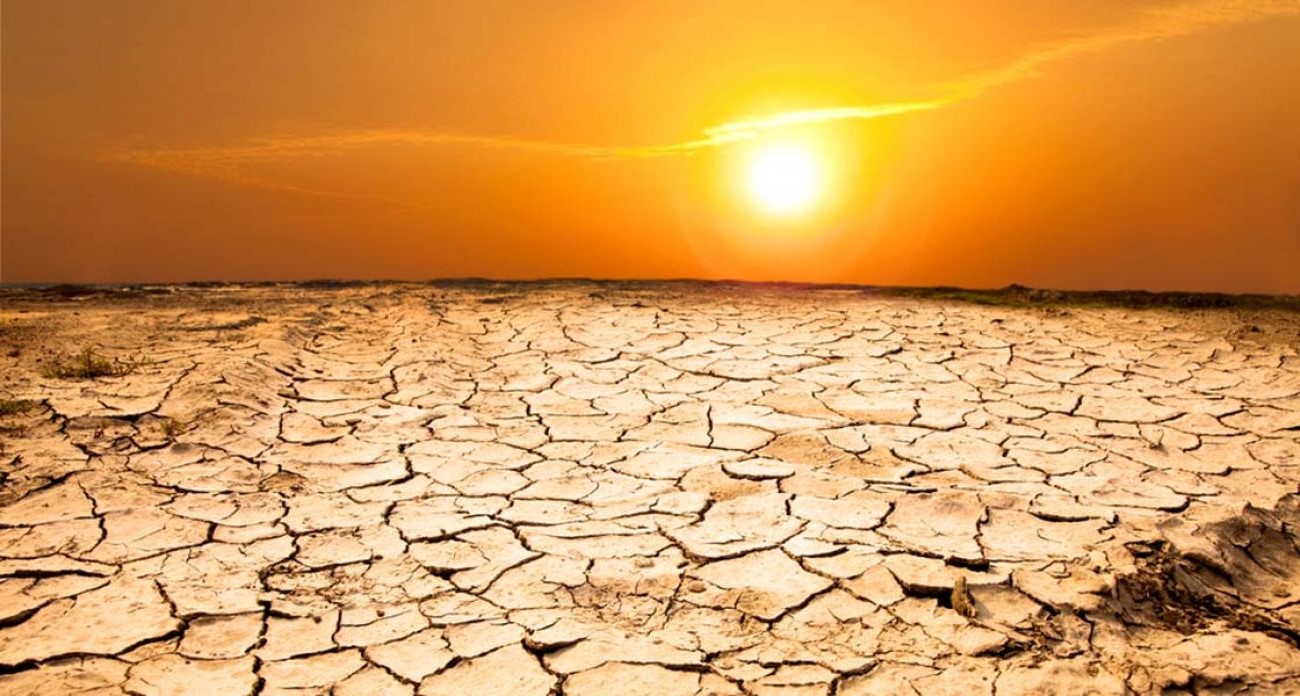Home>Weather and Climate>How to Understand the Average Temperature in New Orleans


Weather and Climate
How to Understand the Average Temperature in New Orleans
Published: July 2, 2024
Discover the average temperature in New Orleans and explore its weather and climate patterns. Plan your trip with essential climate information.
(Many of the links in this article redirect to a specific reviewed product. Your purchase of these products through affiliate links helps to generate commission for Temperatures.com, at no extra cost. Learn more)
I’ve always been fascinated by how weather patterns paint unique landscapes across different cities. New Orleans, with its vibrant culture and lively streets, also boasts a climate that adds to its charm. Diving into the average temperature there, you’ll find a mix of warmth and humidity that defines much of its year.
Summers in New Orleans are hot, I mean, really hot. July, for instance, sees temperatures soaring to an average high of around ##92°F##. Nights offer little relief, with lows barely dipping below ##76°F##. This heat, combined with significant humidity, makes for a steamy experience. But hey, that’s part of the city’s allure, right?
Winter, on the other hand, is mild and pleasant. January, the coolest month, has an average high of ##62°F## and a low of ##43°F##. Rarely does it freeze, making outdoor adventures still enjoyable.
Spring and fall? They’re the sweet spots. April and October, specifically, showcase comfortable highs of ##78°F## and ##80°F##, respectively. These seasons are perfect for exploring the city’s outdoor festivals without the summer’s oppressive heat.
So, whether you’re drawn to sultry summer nights or prefer the gentler caress of spring breezes, New Orleans’ climate has something for everyone. Just remember, hydration is key in the Big Easy, especially during those hotter months!
















